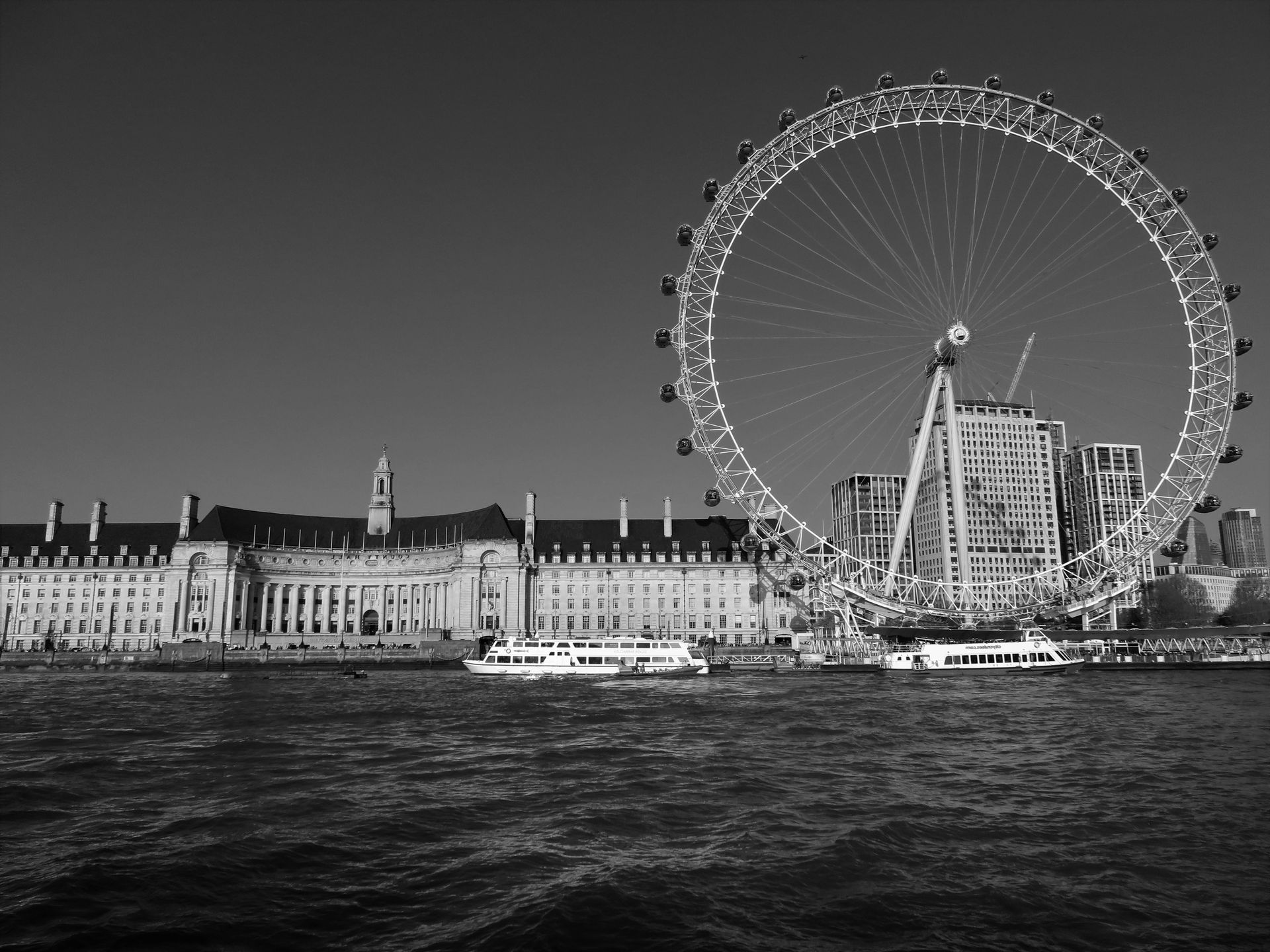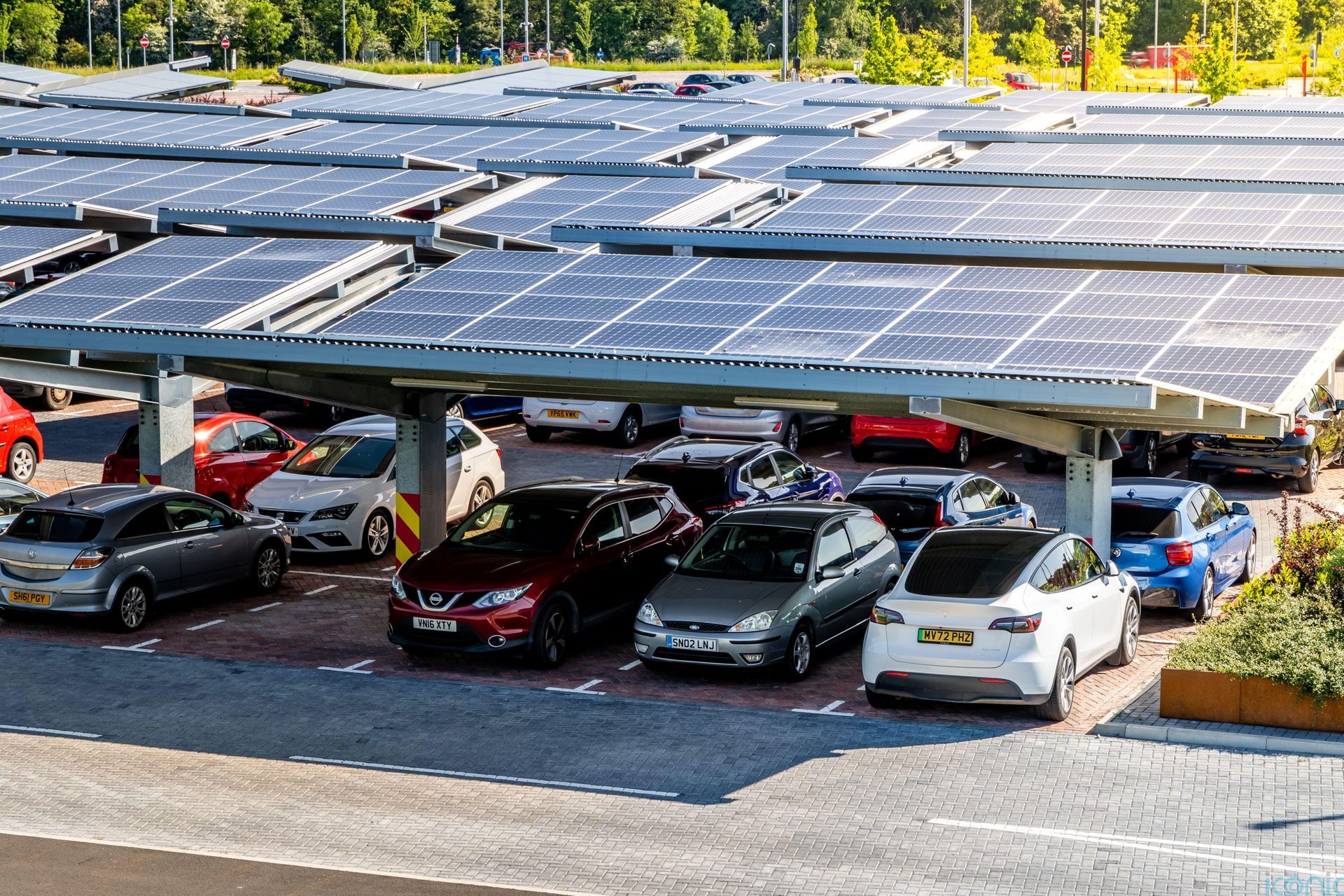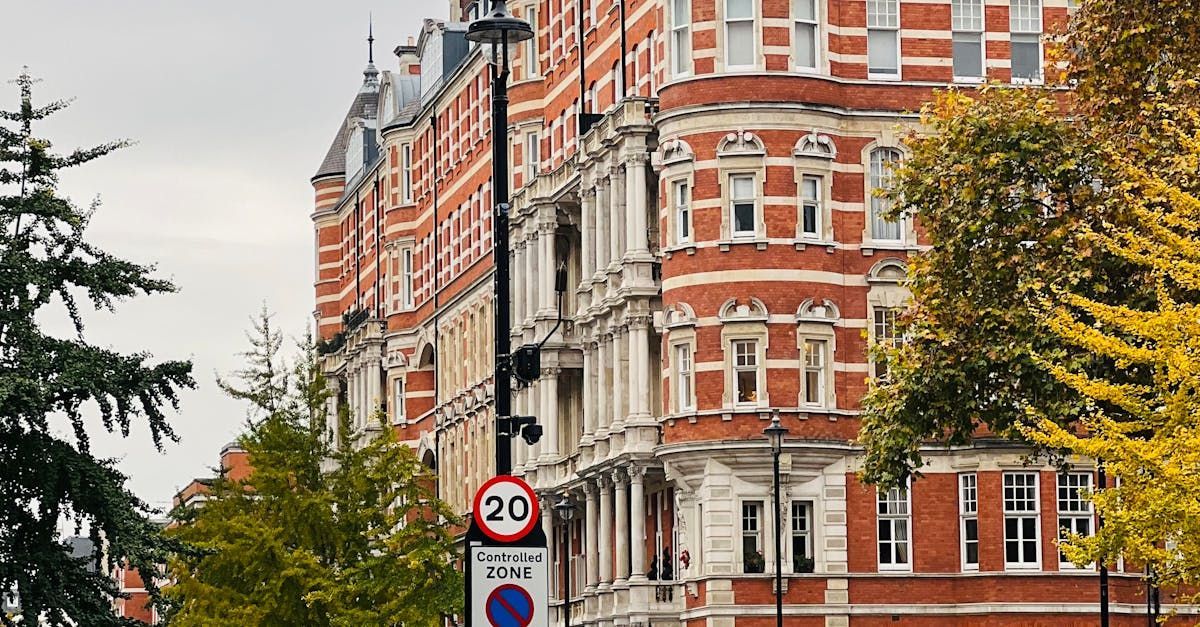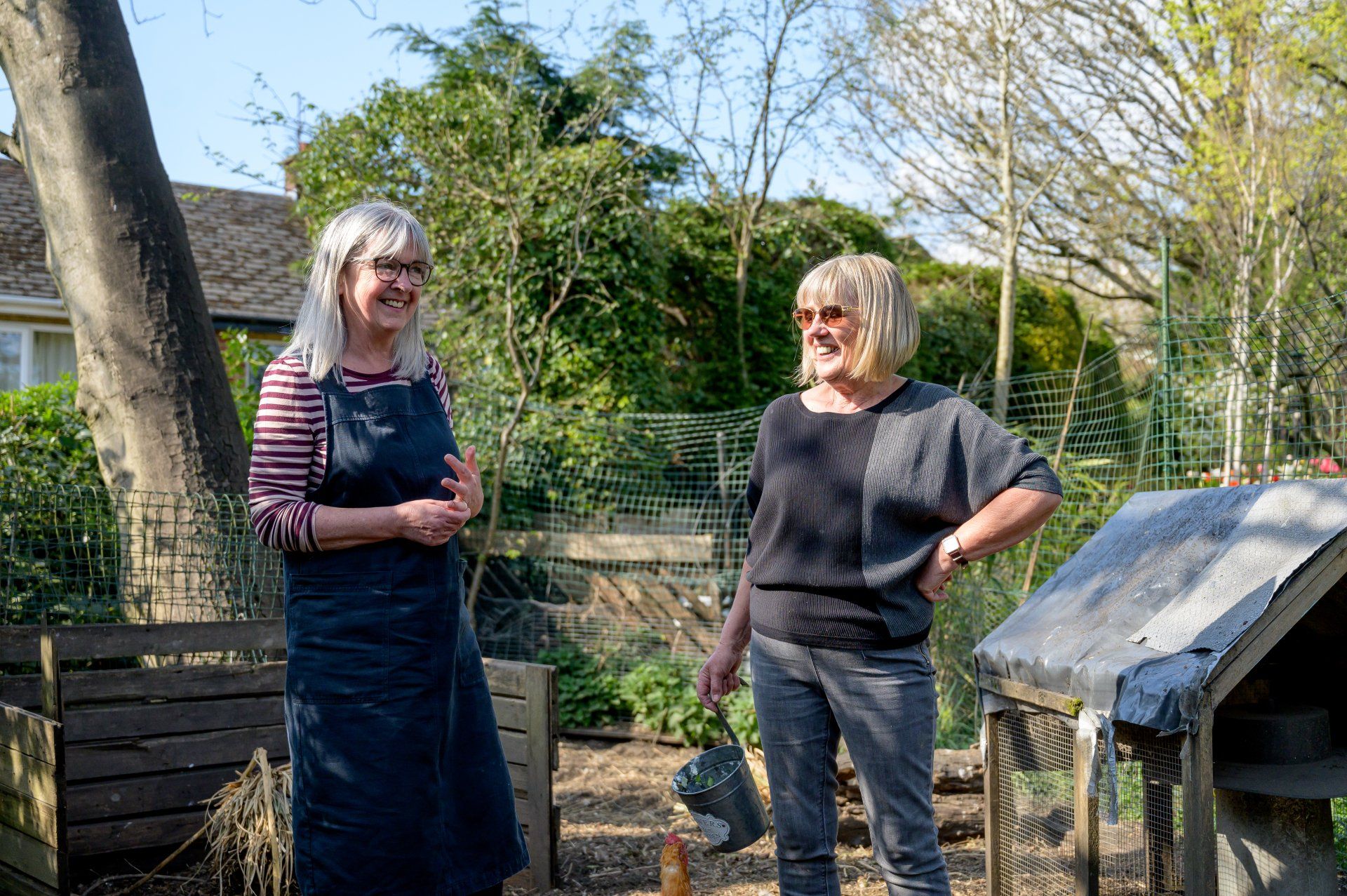A Green Recovery Plan
What does a Covid-19 recovery look like? How can it also address the Climate Crisis and deliver the better world we need and crave?
According to the IMF and leading economists, the social and economic impacts of the Covid- 19 pandemic are as deep as those of the Great Depression of the 1930s. While in the midst of this global pandemic, which the World Health Organisation (WHO) reports is ten times more deadly than Swine Flu, families and policy-makers have had the opportunity to observe and reflect on the unexpected positive consequences.
The pre-Covid-19 issues of pace of life, consumption and well-being were highlighted in the Queen’s address to the nation on 5th April. London’s and other city’s air quality is now distinctly Alpine, carbon emissions are falling, cities are quieter places, traffic has fallen to levels last experienced in 1955 and wildlife is returning to urban areas. The consequences that we are witnessing during these extraordinary times have contributed to a widespread reflection over whether economies should return to pre-Covid-19 patterns of unsustainable, unhealthy and often unaffordable levels of consumption.
Both economists and scientists warn that carbon emissions caused by economic activity threaten our very existence. The declaration of a Climate Emergency by governments and Greta Thunberg’s plea that we must act as if ‘our house is on fire’ had begun to prompt meaningful plans to decarbonise economies, before the Covid-19 crisis.
Our house is not only on fire - Covid-19 has also blown the house down. This could be our opportunity to rebuild our home, better than before, rather than in the same, frustratingly inadequate way it was, with a decarbonisation-focused national recovery plan and a National Infrastructure Plan.
Britain has a strong tradition of public investment to improve public health and kick start recovery. In 1856, The Metropolitan Board of Works was created to build a new sewerage system for London to address public health challenges, specifically cholera. As well as a network of sewers for the capital, the Chief Engineer Bazalgette, reclaimed land from the Thames to create the Embankment, a new road, a promenade and tunnelling for train services (London Underground’s Circle and District lines).
The NHS was created on 5th July 1948 as part of popular sentiment and hope to build a better world and avoid repeating the horrors of the Second World War and deprivation of the 1930s. The post-war vision built a health service which today is at the frontline, protecting us from the Coronavirus crisis. The immediate post-war era has parallels with today, when a global crisis affects all our lives and restrictions and sacrifices have to be made, which gives birth to a collective desire to create a better world in the aftermath.
Britain was also a participant in the successful 1948 to 1952 Marshall Plan, which provided US financial aid to restore Europe’s economies. Today’s opportunity is to apply the same principles by using fiscal incentives and an investment stimulus package targeted specifically at industry sectors that can reduce, rather than continue to cause, environmental damage.
Scottish Power had already published in 2019 a £286 billion proposal for transforming how energy could be produced, buildings heated by heat pumps and vehicles supplied with electric power, to de-carbonise the UK economy. Scottish Power estimates this would also create 115,000 new jobs.
In March 2020, just as the UK was entering lock-down, the government published a ambitious scoping document for a future six-point plan to decarbonise the transport sector. This could now play a key role in a wider Green Recovery Plan.
Targeted support for businesses such as Gridserve, which harness solar energy to generate power for electric vehicle charging points and public investment to buy buses for every town and city from UK electric bus manufacturers, could accelerate both de-carbonisation and economic recovery from the Covid-19 downturn. Following the example set by other countries during the Cocid-19 crisis, UK towns and cities could permanently lock in traffic- free routes, creating clean air and safer places and networks for cyclists and pedestrians.
In addition, currently aspirational programmes, such the Northern Forest, which aims to create woodland from Liverpool to Hull with 50 million new trees, could become a national priority and fully delivered within several years rather than decades.
The tax receipts from vibrant businesses, new jobs and discretionary income trickling through the economy, can over time offset the initial investment costs to the public purse. Moreover, by averting the next crisis, the Climate Emergency, another eye-watering Treasury under-writing the costs of the emergency response, the economy and jobs, will not be necessary.








